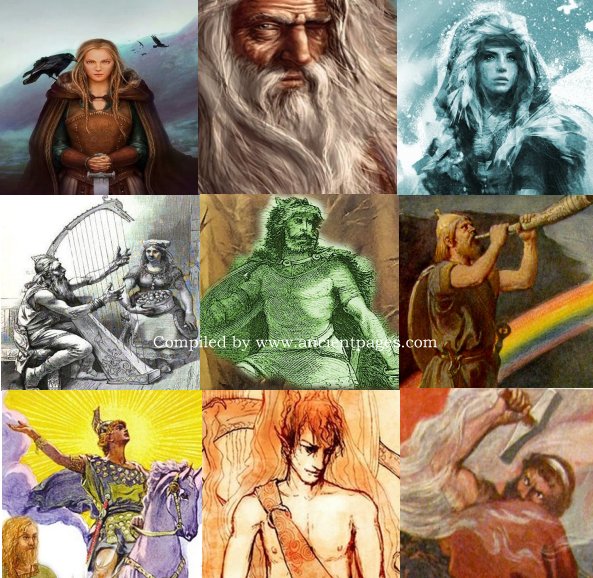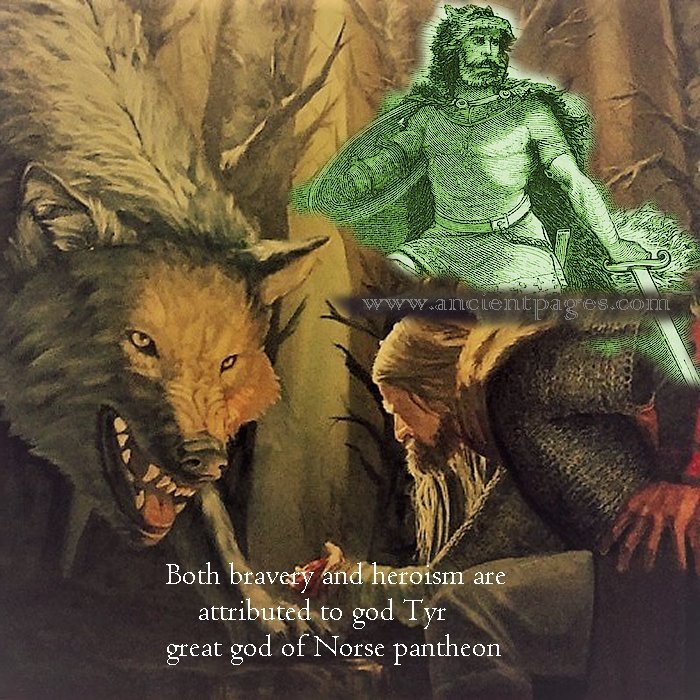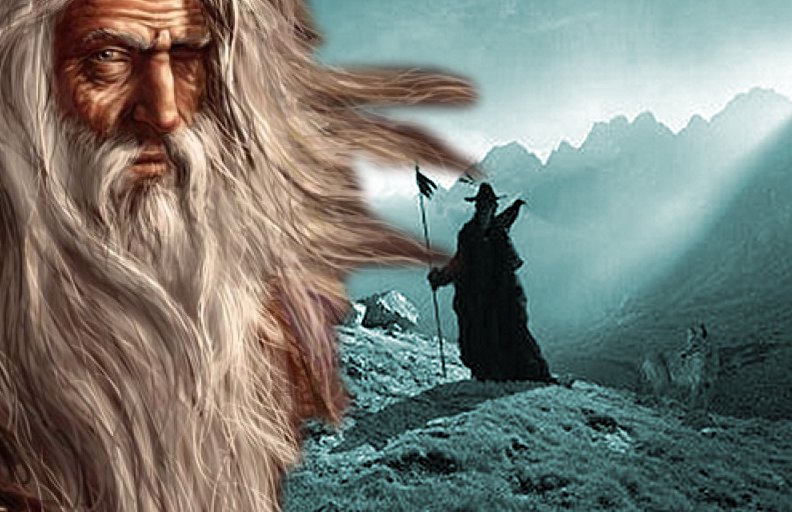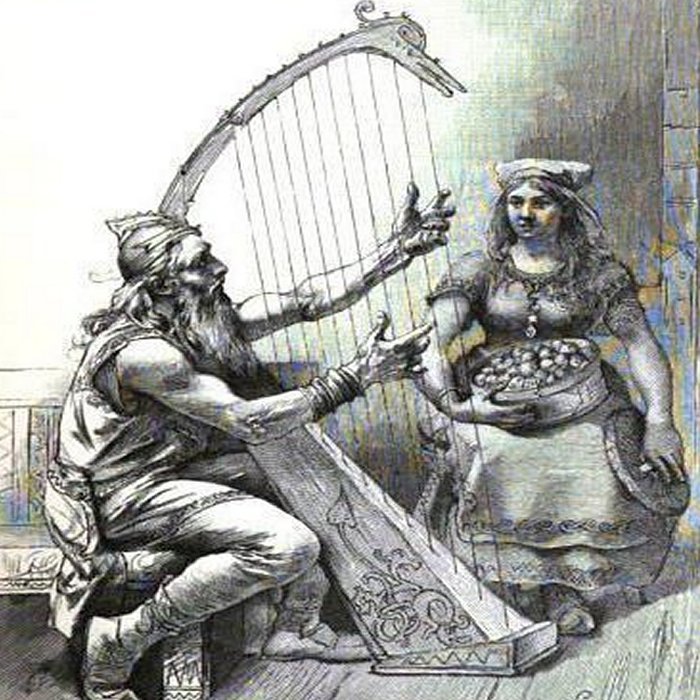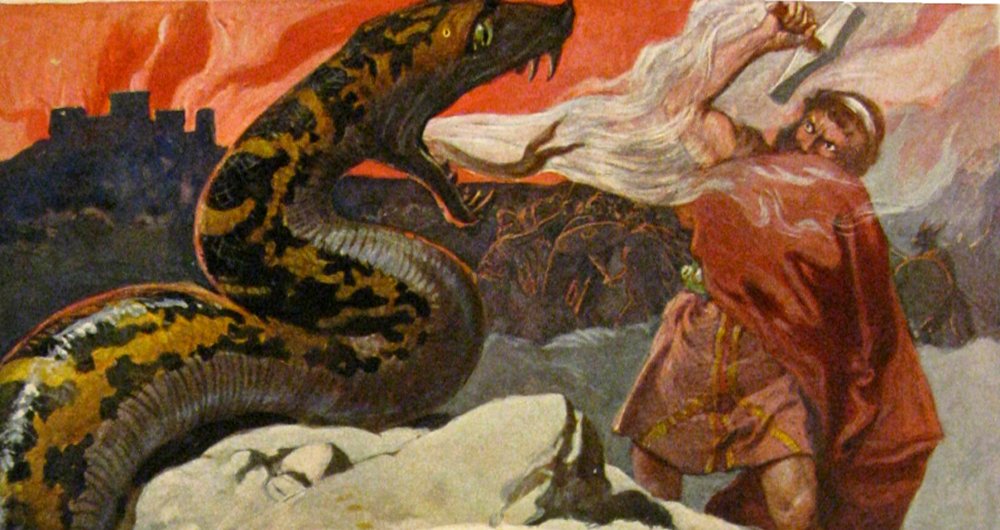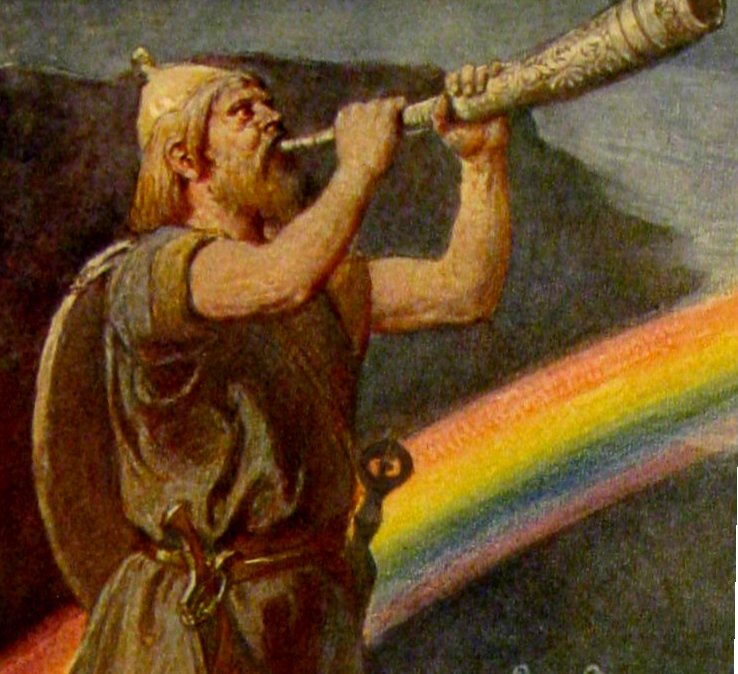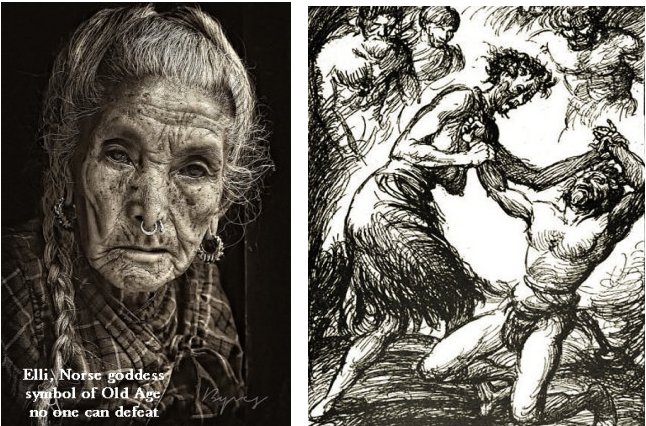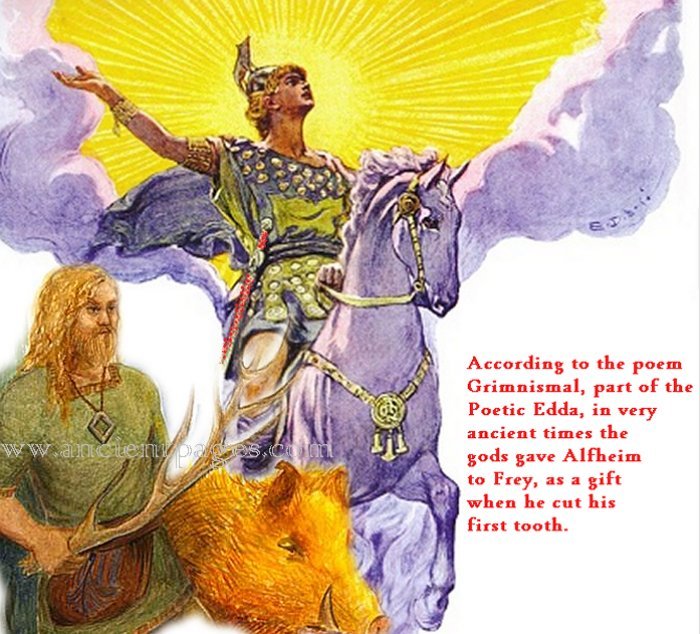10 Norse Gods Who Vikings Gained Strength From
AncientPages.com - Vikings had a very special relationship to their gods. More or less everything in the Viking society was somehow associated with the mighty Norse deities and their wishes. It was believed that a person’s life and happiness depended on what Norse gods and goddesses had planned. Some Norse gods could help Vikings win battles, and it was important to worship and obey the deities who ruled over the Norse society.
In this top list we examine 10 of the most powerful and important Norse gods and goddesses who played a vital role in the lives of the Vikings.
1. Tyr - Glorious And Respected War God Who Gave Courage Vikings And Self-Confidence In Battle
At one time in distant past, Tyr was a god of war and a sky god. He was concerned with justice and with reasonable and fair treaties. There is a version, according to which Tyr was the main god among the gods of Aesir and he was their leader. At the time, he might have been the leader of the Norse pantheon and his role was even more important than Odin.
Later, his great role as the chief god had been significantly diminished. In some stories, he is the son of the giant Hymir and in later Norse beliefs, when the myths were written down, Tyr was referred to as Odin’s son and the patron of warriors.
He is associated with law and glory and he embodies bravery. Read more
2. God Odin - Norse God Of War And Magic – Most Complex Figure Of The Norse Pantheon
Odin is probably the most complex figure of all the Norse Gods.
In the Norse pantheon, Odin is considered as ‘Allfather’ and ruler of Asgard, but he was never entirely to be trusted. The supreme Odin was described among mortals as a man with only one eye and wearing a wide-brimmed, dark hat casting shadow over his face. In Viking beliefs, Odin - as a god of magic, wisdom and war – visited Midgard to spread knowledge and victory in battle. To his help, Odin had the magical spear of Tiwaz, which allowed him to control of battles; he could simply deny victory or give it.
Odin was master of shapeshifting; he could fly through the air in the form of an eagle, while his spirit (in animal form) could be instantly transported to a distant land, while his physical body lay as if asleep.
He could change the direction of the wind and calm or stir the sea and his ring Draupnir had the ability to multiply itself to ensure a supply of gold and wealth to Odin's many followers. Read more
3. Freya – Vanadis: Beautiful Desirable And Favorite Goddess In Norse Mythology

Goddess Freya was the most powerful völva.
Freya (Freyja) was a daughter of Njord, god of the sea and Skadi, a jötunn and goddess associated with winter, skiing, mountains and bow hunting.
Freya represented the Vanir gods, who lived in Vanaheim and took care of weather. No one ever knew where Vanaheim was located or what it looked like.
She was considered the most beautiful of all the goddesses in Norse pantheon. In German mythology, her name was Frigga, while in Scandinavian countries she was known as Freya or Vanadis, as an inhabitant of Vanaheim.
When the war between the Aesir and Vanir ended, the Aesir and the Vanir had to exchange hostages, so Njord, and his two children, Freya and her twin brother Freyr had to move to Asgard, one of the Nine Worlds and home to the Aesir tribe of gods. Associated with sex and lust, this beautiful goddess was not only admired by gods and goddesses but also sought by several giants and dwarves. Read more
4. Bragi – Norse God Of Poetry, Eloquence, Music And Singing And Husband To Idun Who Protected Golden Apples
In Norse myths, Bragi is the god of poetry, music and eloquence, which is a gift that makes a big impression.
Bragi does not play a major role in Norse folklore, but he is frequently mentioned as a respected man with a long beard, who knows many stories of the gods, people, animals and mythological objects.
He is the son of the god Odin and his mother was the giantess Gunnlod. His wife is Idun, who lives with him in Asgard and they have many children, but their names have never been mentioned.
He is the son of the god Odin and his mother was the giantess Gunnlod. His wife is Idun, who lives with him in Asgard and they have many children, but their names have never been mentioned.
Idun protects wonderful golden apples, which have power to restore youth to the gods when old age comes upon them. Without them, the Aesir gods would have become old and weak.
Bragi is skilled in playing harp and his singing is so beautiful, that not only the people and animals but even the trees and flowers are charmed by him. Read more
5. Brave And Mighty Thor: Thunder God In Norse Mythology
Thor was very popular deity particularly in Iceland and western part of Norway; there existed several complex rituals related to him and when Christianity began to spread in these parts of Europe, it was not easy to eliminate deep roots of rituals and the cult of Thor.
Thor (called ‘Asa-Thor’ or ‘Ouka Thor’), was brave and righteous god who mastered storms and lightning, fought giants threatening him and upheld the order of the world.
Thor’s hammer was frequently depicted on boundary stones, carved on gravestones, laid in the bride’s lap at weddings or raised over a newborn child.
The Viking people of Scandinavia possessed silver hammer amulets, miniature hammers designed to be worn as pendants that symbolized their veneration of Thor, the most powerful of the gods and guardian of those who farmed the land. Read more
See also:
10 Viking And Norse Symbols Explained
God Of The Gallows And How Odin Hanged Himself From Yggdrasil To Know Secrets Of Runes
6. Heimdallr: Norse God Who ‘Illuminates The World’ And Guards The Rainbow Bridge Bifrost In Asgard
In Norse mythology there is an intriguing and important god called Heimdallr, who is sometimes also referred to as Heimdalr and Heimdali. Heindallr possessed extraordinary powers and served as a guardian of Bifrost (Bifröst), the rainbow bridge in Asgard, the realm of the powerful Norse gods.
With his remarkable sight he could spot enemies at long range. When the rainbow bridge was in danger, the gods were warned by the sound of Heimdallr’s trumpet, the Gjallarhorn. Heimdallr was the son of the great god Odin. According to Norse myths and legends he had nine mothers who were sisters. They nursed him as a baby on the strength of the Earth, the moisture of the sea, and the heat of the Sun. It was said that Heimdallr possessed foreknowledge, keen eyesight and hearing. Read more
7. Elli – Norse Goddess And Symbol Of Old Age That No One Ever Could Defeat
The story about Elli is a very powerful Norse myth that teaches us many important things. Old Age have always frightens humans but it also frightens the gods according to Norse beliefs.
Therefore it is vital that we can continue to have strength in our old age and Elli, Norse goddess of Old Age reminds us about it.
Snorri Sturluson tells his story in Prose Edda book “Gylfaginning”. We meet Elli and the trickster god Loki, this time, as the giant Utgarda-Loki (or Loki of the Outyards") and the ruler of the castle Útgarðr in Jötunheimr.
One day, Thor visited Utgard-Loki (also known as ‘Skrymir’), the strongest and the most cunning of the giants, in his mighty Utgardr castle. To test Thor’s strength, Utgard-Loki challenged him to wrestle the old giantess Elli, rather than the strong men of Utgard-Loki’s bodyguard. Elli seemed to be the weakest of the nurses of Utgardr and Thor believed it’s an easy match to defeat her, so he accepted the challenge.
Thor struggled long and hard to defeat her but surprisingly, the old woman stood fast. Read more
8. God Loki – Trickster And Wizard Of Lies In Norse Mythology
Loki is an elusive figure in countless Northern myths, but he is also the most fascinating of all the members of the Norse pantheon.
Listed among the Aesir as a constant companion to the gods, especially Odin and Thor, Loki is destined to be their adversary at Ragnarok.
He is the son of giants, a thief and trickster/shapeshifter, responsible for all possible mischief and deception that the gods have to suffer. He is known as the “prince of lies” and the “arch deceiver”. The main symbol associated with Loki is a serpent, as it represents his mischievous and cunning deeds.
On the other hand, through his cunning, Loki remains the gods’ friend helping them in difficult situations.
As the companion of Thor and Odin, Loki is almost always presented alongside them. Although never to be fully trusted, at the beginning, Loki was very helpful when he assisted Odin in creation of the world and under his instructions, the dwarves produced some divine treasures for the gods and shapeshifted into a mare, to give birth to a magical Odin’s horse, Sleipnir. Read more
9. Frey – Handsome Vanir God Of Fertility And Son Of Giantess Skadi In Norse Beliefs
Frey is one of the most important gods of Norse mythology. Both Frey and his twin sister Freya are the most famous members of the Vanir tribe.
Frey (his name in Old Norse means: “lord”) is a shining god, bringing fertility, prosperity and a good harvest. He is considered both handsome and beautiful among all the male gods in the Norse pantheon.
Frey is a son of the frost giantess, Skadi and he is usually depicted as carrying a magic sword, which fights on its own and is dangerous even against the giants with superhuman strength who live in their land of Jotunheim.
According to tradition, Frey gives his magical sword as bride price to Gerda’s father. Later, he regrets his decision very much at Ragnarok, when the end of the world is near and he stands alone defenseless and must confront the fire demon Surt. In many myths and legends of Scandinavia, Frey is often called Lord of the Elves because his home was Alfheim (elf-world), a magical habitat of the elves and one of the nine worlds in the branches of the sacred Yggdrasil. Read more
10. Skadi: Goddess Of Destruction, Giantess And Patron Of Winter Hunters And Skiers In Norse Mythology
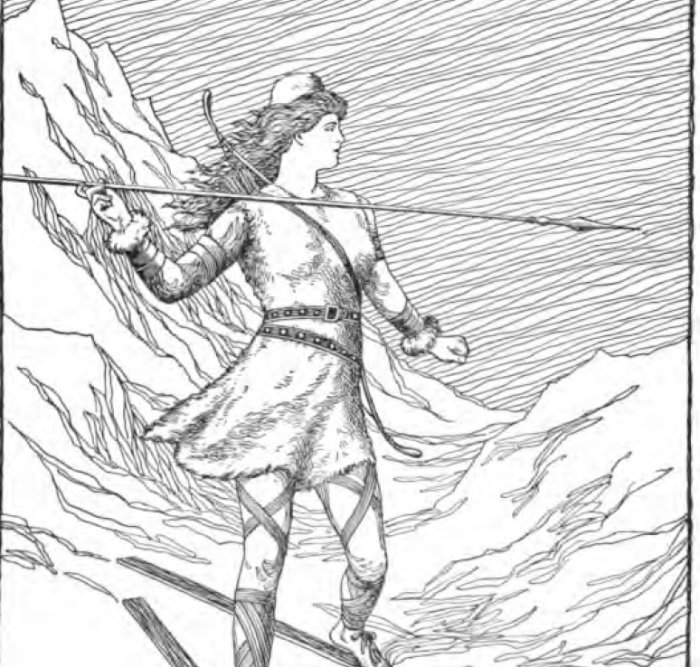
Skadi: Goddess Of Destruction, Giantess And Patron Of Winter Hunters And Skiers In Norse Mythology Credit: Public Domain
In Norse mythology, Skadi was daughter of Thiazzi of the Hrimthurssar, the frost giants who inhabited Jotunheim. They all were enemies of the gods. Skadi (also Skade) was wife to Niord, the Vanir god of the seas, sailors and fishermen.
In Norse ancient beliefs, the ‘Hrimthurssar’ giants had names: ice ‘thiazzi’, frost ‘thrym’, ‘destruction skade’, glacier ‘jokull, cold ‘frosti’ and many others. They represented the changing seasons, harshness of long winters of northern climates and the coming of the eternal night and cold. The Hrimthurssar were descendants of Ymir, the first great giant, formed from the ice and fire that existed at the beginning of time. Ymir represented, in part, the numbing cold of the Artic region.
After Thiazzi, father of Skadi died , she had to decide about her life. She went to Asgard, the home of the gods to choose a husband. She and god Niord could not live happily together. Skadi did not like Noatun (‘shipyard’), where god Niord lived. Niord, on the other hand, did not like the severe cold of Thrymheim, which was Skadi’s home. So they decided to separate. Read more
Copyright © AncientPages.com All rights reserved. This material may not be published, broadcast, rewritten or redistributed in whole or part without the express written permission of AncientPages.com
More From Ancient Pages
-
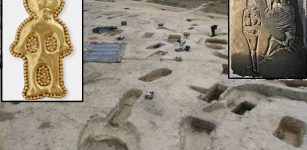 Ancient DNA And Historical Context Were Used To Explain Kinship, Social Practices Of Avar Society
Archaeology | Apr 25, 2024
Ancient DNA And Historical Context Were Used To Explain Kinship, Social Practices Of Avar Society
Archaeology | Apr 25, 2024 -
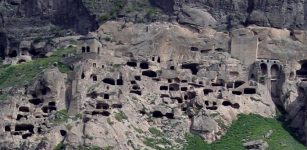 Uplistsikhe Devastated By Genghis-Khan Hordes But Once City-Fortress Of Queen Tamar
Featured Stories | Apr 12, 2021
Uplistsikhe Devastated By Genghis-Khan Hordes But Once City-Fortress Of Queen Tamar
Featured Stories | Apr 12, 2021 -
 Siege Of Masada – The Last Stand Against The Roman Empire
Civilizations | Mar 27, 2017
Siege Of Masada – The Last Stand Against The Roman Empire
Civilizations | Mar 27, 2017 -
 On This Day In History: Naval Battle Of Rennell Island Fought Off Guadalcanal – On Jan 29, 1943
News | Jan 29, 2017
On This Day In History: Naval Battle Of Rennell Island Fought Off Guadalcanal – On Jan 29, 1943
News | Jan 29, 2017 -
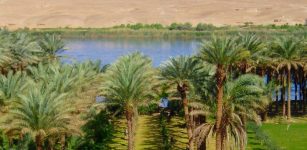 New Study Challenges The Beginning Of Civilization
Archaeology | Apr 11, 2022
New Study Challenges The Beginning Of Civilization
Archaeology | Apr 11, 2022 -
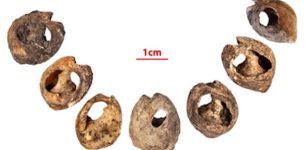 142,000-Year-Old Shell Beads Found In A Cave Are The Oldest Known Evidence Of Human Communication
Archaeology | Oct 16, 2021
142,000-Year-Old Shell Beads Found In A Cave Are The Oldest Known Evidence Of Human Communication
Archaeology | Oct 16, 2021 -
 On This Day In History: Battle Of Langside Was Fought – On May 13, 1568
News | May 13, 2016
On This Day In History: Battle Of Langside Was Fought – On May 13, 1568
News | May 13, 2016 -
 More Than 60,000 Ancient Maya Structures Obscured By Inaccessible Forest Revealed By LIDAR
Archaeology | Sep 29, 2018
More Than 60,000 Ancient Maya Structures Obscured By Inaccessible Forest Revealed By LIDAR
Archaeology | Sep 29, 2018 -
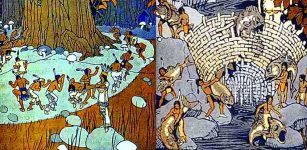 Yehasuri – Little People Of South Carolina Living In The Woods – Native Americans’ Version Of Leprechauns
Featured Stories | Feb 26, 2019
Yehasuri – Little People Of South Carolina Living In The Woods – Native Americans’ Version Of Leprechauns
Featured Stories | Feb 26, 2019 -
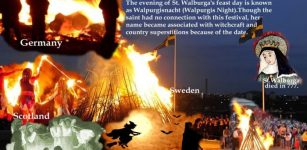 On This Day In History: Walpurgis Night Celebration In Northern Europe – On Apr 30
News | Apr 30, 2016
On This Day In History: Walpurgis Night Celebration In Northern Europe – On Apr 30
News | Apr 30, 2016 -
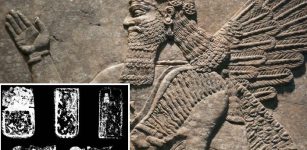 Aluminum Was Used At Least 7,000 Years Ago – Long Before The Metal’s Official Invention In 1825
Ancient Technology | Jul 10, 2017
Aluminum Was Used At Least 7,000 Years Ago – Long Before The Metal’s Official Invention In 1825
Ancient Technology | Jul 10, 2017 -
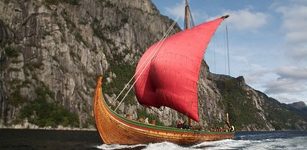 Draken Harald Hårfagre – World’s Largest Viking Ship On Its Way To U.S And Canada
News | Apr 27, 2016
Draken Harald Hårfagre – World’s Largest Viking Ship On Its Way To U.S And Canada
News | Apr 27, 2016 -
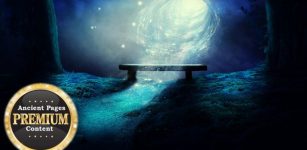 Unexplained Teleportation Cases Of People – Ancient Times – Part 1
Featured Stories | Sep 30, 2019
Unexplained Teleportation Cases Of People – Ancient Times – Part 1
Featured Stories | Sep 30, 2019 -
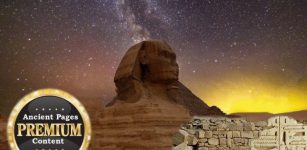 Secrets Of The Lost Tomb X – Mysterious Manuscripts And Strange Engravings – Part 1
Featured Stories | Apr 9, 2019
Secrets Of The Lost Tomb X – Mysterious Manuscripts And Strange Engravings – Part 1
Featured Stories | Apr 9, 2019 -
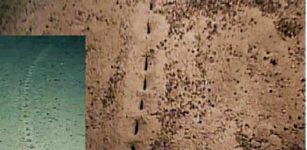 Who Or What Made These Mysterious Holes At The Bottom Of The Atlantic Ocean?
News | Mar 23, 2023
Who Or What Made These Mysterious Holes At The Bottom Of The Atlantic Ocean?
News | Mar 23, 2023 -
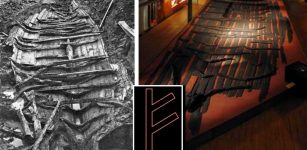 Äskekärrskeppet (‘Äskekärr Ship’) – Only Viking Ship Found With Runes
Featured Stories | Apr 18, 2024
Äskekärrskeppet (‘Äskekärr Ship’) – Only Viking Ship Found With Runes
Featured Stories | Apr 18, 2024 -
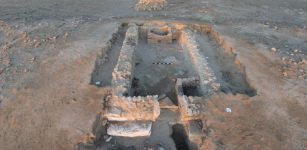 Unusually Arranged Skeletons And Artifacts Found Inside A 1,500-Year-Old Tomb In Berenice Troglodytica, Egypt
News | May 27, 2022
Unusually Arranged Skeletons And Artifacts Found Inside A 1,500-Year-Old Tomb In Berenice Troglodytica, Egypt
News | May 27, 2022 -
 Artificial Intelligence (AI) Unravels Secrets Of 22,000 Ancient Cuneiform Tablets
Artifacts | Feb 2, 2023
Artificial Intelligence (AI) Unravels Secrets Of 22,000 Ancient Cuneiform Tablets
Artifacts | Feb 2, 2023 -
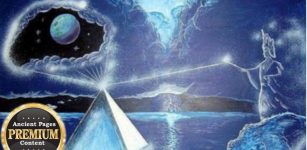 Ancient Knowledge Of Levitation And Antigravity
Ancient Technology | Jan 24, 2016
Ancient Knowledge Of Levitation And Antigravity
Ancient Technology | Jan 24, 2016 -
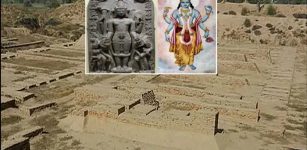 Temple Of Lord Vishnu Dated To Hindu Shahi Dynasty Unearthed In Pakistan
Archaeology | Nov 22, 2020
Temple Of Lord Vishnu Dated To Hindu Shahi Dynasty Unearthed In Pakistan
Archaeology | Nov 22, 2020

